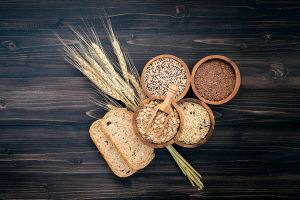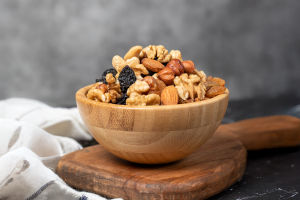Hey Lykkers! So here’s a question that’s been floating around kitchens and cafés lately—can plant-based eggs really do the job of regular eggs?
Whether you're vegan, allergic, or just egg-curious, you're not alone in wondering if these “eggs” made without a single chicken can actually scramble, bake, and bind like the real deal. Let’s get into what plant-based eggs are, how they compare to animal eggs, and yes—stick around because there’s a recipe coming your way!
What Exactly Are Plant-Based Eggs?
Plant-based eggs are egg alternatives made entirely from plants. They usually come in liquid form (think bottles or pouches) or as powder that you mix with water.
The key ingredients? Things like mung beans, chickpea flour, soy protein, pea protein, and turmeric for color. Some big-name brands include JUST Egg, Simply Eggless, and Let’s Do Organic Egg Replacer.
What’s wild is that these products are designed to mimic the taste, texture, and functionality of real eggs without involving a chicken at all. That means you can fry them, scramble them, and bake them into cookies.
How Do They Stack Up?
From a nutrition standpoint, plant-based eggs can actually be healthier. They're usually cholesterol-free, often lower in saturated oil, and some even contain added B12 or omega-3s—nutrients usually found in animal products.
Functionally, many perform surprisingly well. A study by the Good Food Institute (2022) showed that plant-based eggs can replicate many of the same cooking functions (like binding and moisture) in baking and cooking, although texture can vary by brand.
Environmentally, plant-based eggs win big. They require significantly less water and land, and they create fewer carbon emissions compared to traditional eggs. So yes, they’re not just good for you—they’re better for the planet too.
Okay But… Do They Taste Like Eggs?
Honestly? It depends. Some brands get incredibly close to the real thing, especially in recipes like scrambles or breakfast sandwiches. Others may have a slight “bean-y” aftertaste, especially if they’re chickpea-based. The key is finding a brand or recipe you love.
Try It Yourself: Plant-Based Scrambled “Eggs” Recipe
Here’s a quick and delicious way to whip up a satisfying, egg-free breakfast.
Easy Vegan Scramble (Serves 2)
Ingredients:
- ½ cup chickpea flour
- ½ cup water
- ¼ tsp turmeric (for color)
- ¼ tsp black salt (kala namak – gives that eggy flavor!)
- 1 tbsp nutritional yeast (optional, for savory depth)
- ½ tsp garlic powder
- 1 tsp olive oil
- Optional: chopped veggies (onions, peppers, spinach, mushrooms)
Instructions:
1. In a bowl, whisk together chickpea flour, water, turmeric, black salt, garlic powder, and nutritional yeast until smooth.
2. Heat olive oil in a nonstick skillet over medium heat.
3. Add any veggies and sauté until soft.
4. Pour in the chickpea batter and stir continuously—just like you would with scrambled eggs.
5. Cook for 5–7 minutes until it firms up and looks like scrambled eggs.
6. Serve hot on toast or in a wrap!
Make Vegan Egg At Home // So Easy & Cheap! (Just Egg Substitute)
Video By "Simnett Nutrition"
Should You Make the Switch?
Lykkers, if you’re looking to reduce animal products, help the planet, or just try something new, plant-based eggs are totally worth exploring. They’re not a perfect clone of animal eggs (yet), but they’ve come a long way and continue to improve.
Try them in a scramble, in your next batch of muffins, or even in French toast—you might be surprised how close they come.
Would you like more plant-based recipes like this one? Let me know!


